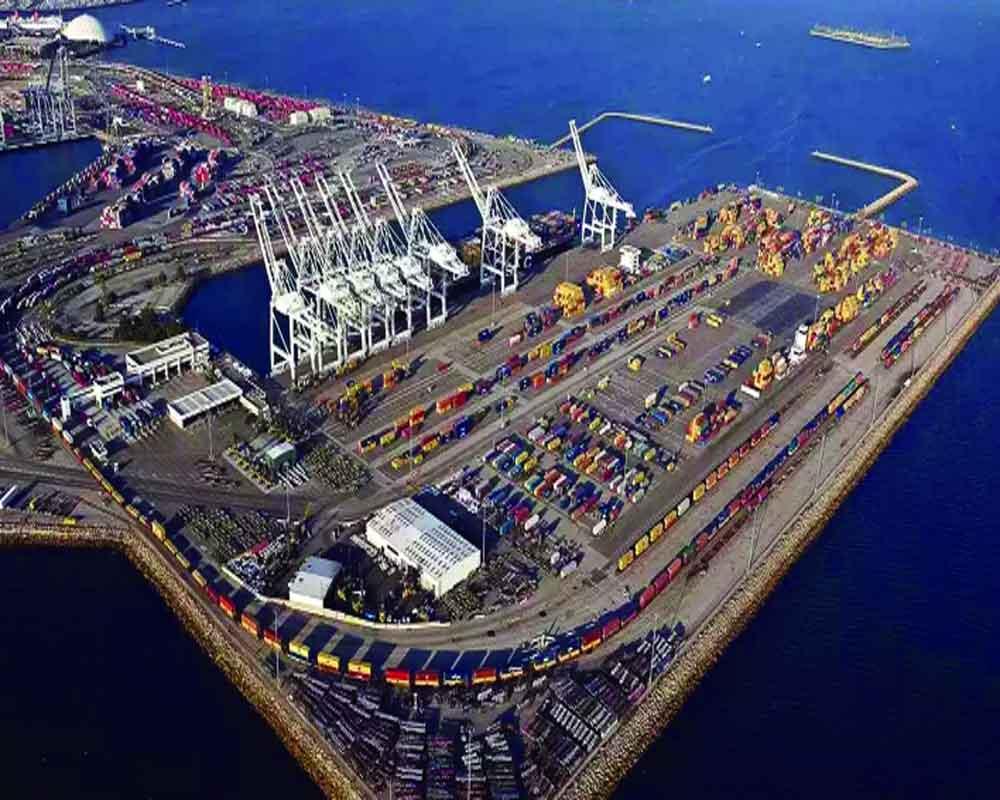Is the recent India-Iran port deal a risky game? Looming crisis
In May 2024, the Iranian and Indian governments signed a 10-year agreement to operate Chabahar port on the Gulf of Oman in southeastern Iran. Under the agreement, India is to invest $120 million in infrastructure development in the Shahid Beheshti terminal at the port and extend a $250 million credit line to Iran. Indeed, the agreement became India’s major step in its long-running ambition to establish a transit route for Indian goods to markets in Iran, Afghanistan, Central Asia, and beyond. Hence, the new agreement envisions Indian investments of $370 million in the development and financing of the port.
Although the new agreement opens new horizons for India and Iran in terms of economy and transportation, the threat of sanctions could dampen hopes of turning the port into a trading hub. The geopolitical significance of the port perfectly serves India's geoeconomic interests given China's, New Delhi's main arch-foe, rising economic and geopolitical ambitions in its close vicinity. Moreover, Chabahar port remains India's key overseas joint venture with the aim of deepening ties with Central Asian nations. In addition to economic benefits, the port is also seen as a counter to China’s development of the Gwadar port in Pakistan, which is less than 100 kilometres from Chabahar.
Thus, the importance of the Chabahar port could also be underlined by the fact that it not only provides the shortest route to landlocked Central Asian countries but was also a feasible alternative for Indian operations in Afghanistan and Eurasia. So far, 2.5 million tons of wheat and 2,000 tons of pulses have been shipped from India to Afghanistan through Chabahar port.

Nevertheless, the United States (US) State Department has already voiced its concerns regarding India's investment flow to Iran due to international economic sanctions and warned of the "consequences" of such a partnership hampering the India-US alliance. However, it is not clear how the US will push New Delhi to abandon the multimodal route project. Although Prime Minister Narendra Modi seems committed to maintaining a footprint in Chabahar port, there are also logistical obstacles, such as Iran’s delay in completing two railway lines –Chabahar-Zahedan and Rasht-Astara — which are necessary for moving cargo from the port.
For Iran, the infrastructure works, particularly railway connections, are complex due to a lack of financial resources and technical capacity. Also, Iran’s blacklisting by the Financial Action Task Force (FATF), a global watchdog against money laundering and terrorism financing, also makes other neighbouring countries hesitant to cooperate with the Islamic Republic. In order to get technical support for infrastructure-related work, Iran developed a strategic partnership with China, not overshadowing the partnership with India.

Unlike China, India usually allocates a limited amount of investments for overseas projects, leaving a gap for Beijing to fill. New Delhi cautiously watches China’s economic and military partnership with Pakistan, another regional rival of India. Of greater concern for India, China maintains strategic partnership ties with Pakistan and Iran, cemented by a 25-year $400 billion partnership agreement in 2021. However, as of 2024, China invested less than a billion USD into the Iranian economy, favouring wealthy Gulf countries like Saudi Arabia and the United Arab Emirates (UAE).
In the long-term perspective, India needs to use Chabahar port for maritime freight to the African continent, which is India's natural partner. Consequently, the current Iran-India agreement, intergovernmental agreements, and intensive diplomatic negotiations hint that New Delhi sees Chabahar as a strategic project with further geopolitical interests. Furthermore, the recently concluded India-Iran deal is a landmark development intended to address connectivity issues in the region and open the golden gate of Central Asia for India. Even with ambitions, India would need to overcome additional challenges in terms of logistics and critical infrastructure on Iranian soil, which is burdened by sanctions, mismanagement, and a shortage of resources.








